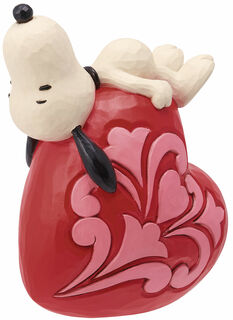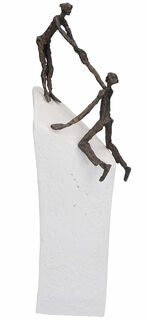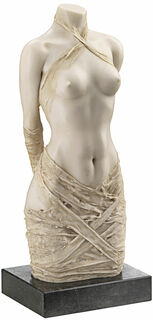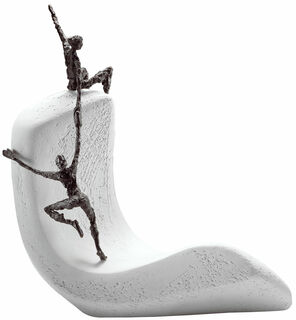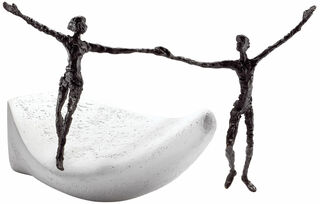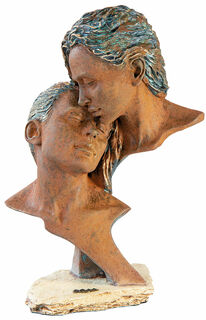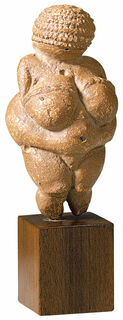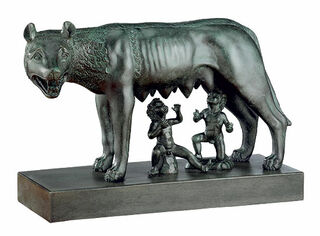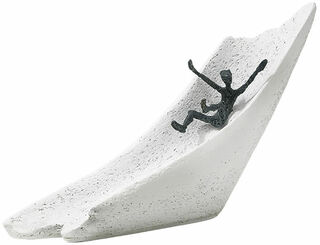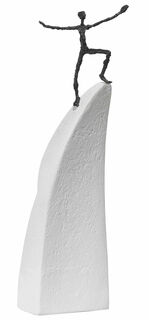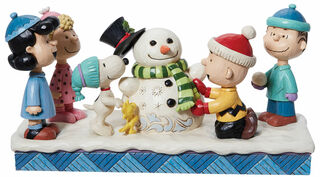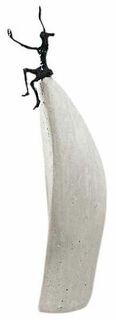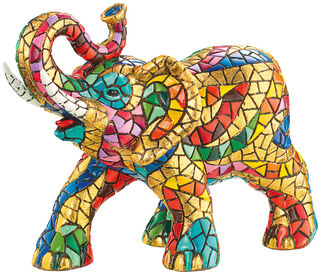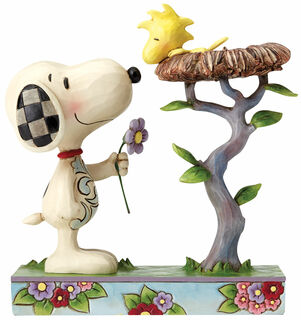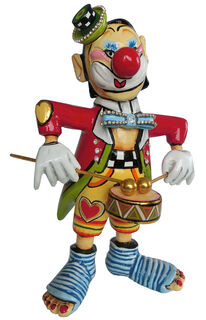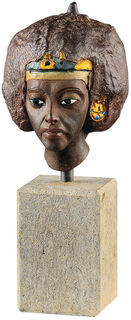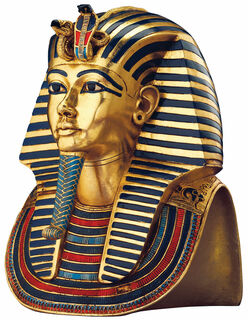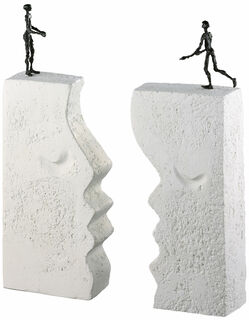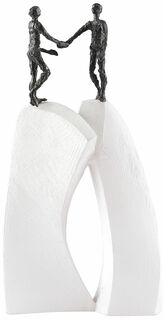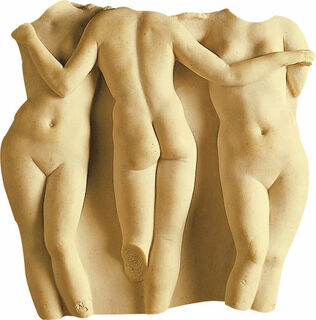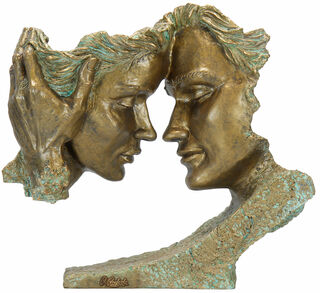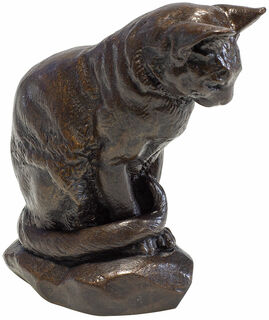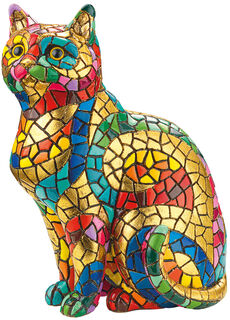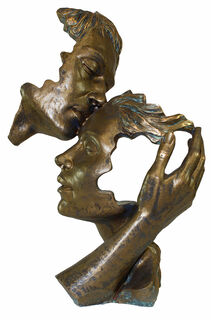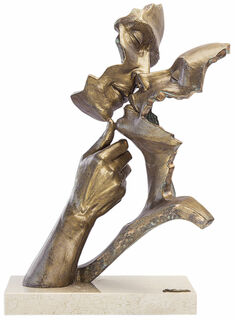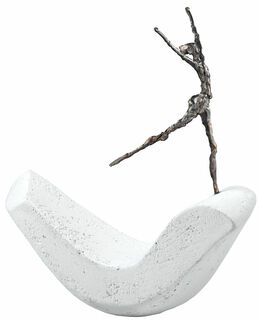Art Casting
Art casting is an overarching term for various handicraft techniques for the production of three-dimensional art objects according to a pre-made mould. It is, therefore, one of the most important production methods in the field of sculpture and is used, for example, for bronze casting, iron casting, stone casting, or ceramic casting. The starting point for the art casting is always a model, created by an artist or a mould taken from an existing original. This model is used to make a negative mould that can be filled with different materials. After the material has solidified, the blank is usually given its finish by hand. Depending on the material used, the entire process may require a varying number of steps.
The oldest technique is bronze casting, involving the melting and casting of an alloy of copper and tin. For over four thousand years, people have been using bronze casting to craft weapons, tools and even works of art. Other casting techniques, such as stone casting and ceramic casting, have become established. Usually, clay is used for ceramic casting. It is poured into a hollow mould, fired, and can then be glazed. Various raw materials can be used for stone casting. For example, the stone to be replicated can be pulverised and set and then cast in a mould. Another option involves a mixture of cement, water, and sand as well as other materials such as gravel or pigments. Once hardened and professionally polished, it is almost impossible to distinguish cast stone figures from sculptures made of natural stone.


